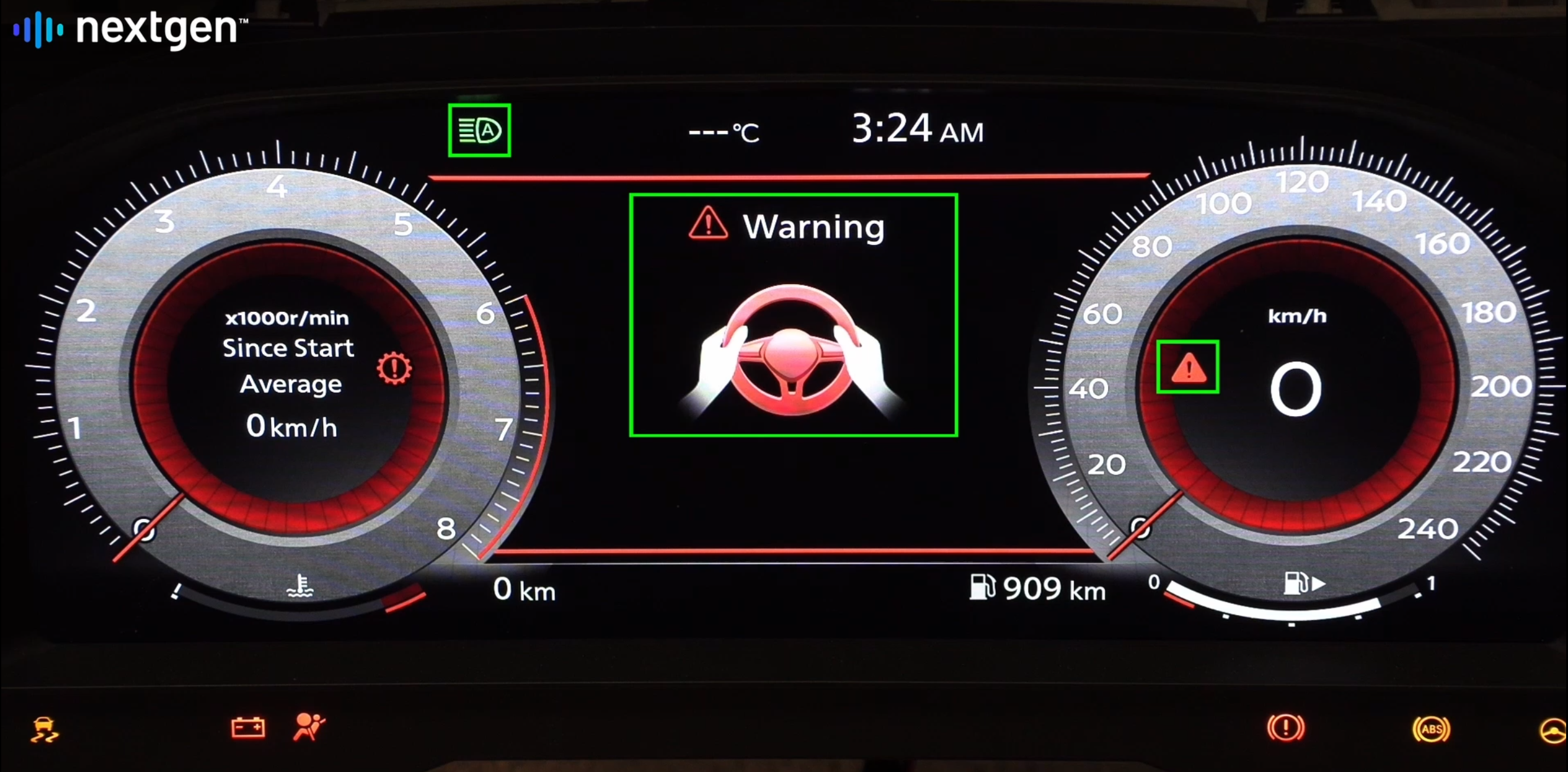Case Study: Benefits of Automated Testing for Driver's Instrument Displays
Case Study:
Benefits of Automated Testing for Driver's Information Display Panel
Introduction
The driver's information panel, or cluster display is a critical piece of automotive real estate. It conveys essential information about the vehicle's status, and ensures the driver's informed about everything from the car's speed and performance to its engine, suspension modes, warning lights, and more. Given the role this instrument cluster display panel plays in ensuring safety on the roads, rigorous testing is mandatory. Yet, the complexity involved, thanks to varying regulations across countries and the sheer permutation of test cases can be daunting. It is here that automated testingpromises efficiency, accuracy, and around-the-clock operations.
The Case for Automated Testing
Gone are the days when automated testing was limited to scripted, rigid formats. Today codeless methods of creating automated test sequences, coupled with advances like control over external lab equipment, cobots, and intelligent vision systems, have revolutionised automated testing for the digital cockpit. Testing the driver's instrument panel, with its multiple functionalities and nuances, can gain immensely from automated tsting.
The benefits of automated testing are extensive:
- Efficiency: Using macro-based test sequences numerous test variations can be derived from a single template.
- Repeatability & Consistency: The consistency of automation ensures tests are carried out uniformly every time.
- Scalability: As automotive test cases grow automation can easily be scaled to meet newer requirements.
- Flexibility: Platforms like Nextgen ATAMConnect demonstrate the adaptability of automated testing. The best can effortlessly blend manual and automated testing, offering a seamless experience. Using ATAMConnect's vision system it's now possible to visually recognise icons, warning symbols, and driver information, as can be seen in the accompanying video.

Testing the Driver's Information Panel: A Breakdown
A typical driver's instrument panel testing plan could encompass a staggering 700+ tests. This spans across areas like screen projection support, multimedia functions, vehicle speed, warning indicators, lighting, and more. From this total, a least 75% can be transitioned to automated testing. A notable change with automation is that each test was conducted ten times, a significant step-up from the single test iteration standard in manual test flows.
Calculating the Return on Investment (ROI)
For automotive quality teams the return on investment in automation soon becomes clear:
- Total Test Cases: 714
- Automated Test Cases: 540 (76%)
Surprisingly, even with the ten-fold increase in iterations of each test, simultaneously checking the function and consistency of each feature , automated testing clocked in at just 21% of the time taken by manual methods. This translates to an efficiency saving of over 75%.
Advantages in Automated Testing
A high ROI is not merely a quantitative metric; it signifies the comparative efficiency of automated testing. By adopting automation:
- Operational costs significantly decrease over time, facilitating the introduction of new test variants and permutations with ease.
- Precision is enhanced, reducing the potential for human errors.
- A rapid feedback loop is established, accelerating development and iterations.
- Comprehensive test coverage is ensured, which is crucial for critical functions such as power train, vehicle speed and warning indicators.
Challenges and Considerations
However despite the advantages of automation, there remain some challenges:
- Recognising specific tests that may not be suitable for automation, such as Diagnostic Specifications with a 0% automation rate.
- The reliability of automated tests is of key importance.
- As functions within the driver's information panel increase, there's a consistent need for the maintenance and update of test cases.
Conclusion
The benefits of automated testing for complex use cases such as instrument information panels is undeniable, and a balance between automation, manual testing and human expertise is central to success. Automation releases development and engineering teams to focus on analysis and innovation.
To see the Nextgen ATAMConnect automation platform in action. Check out the video showcasing how automated CAN messages are used to alter vehicle states and test the driver's information panel.
For more information about our testing services and how Nextgen can support your product development, please contact us today or call +44 3331 120 000.



